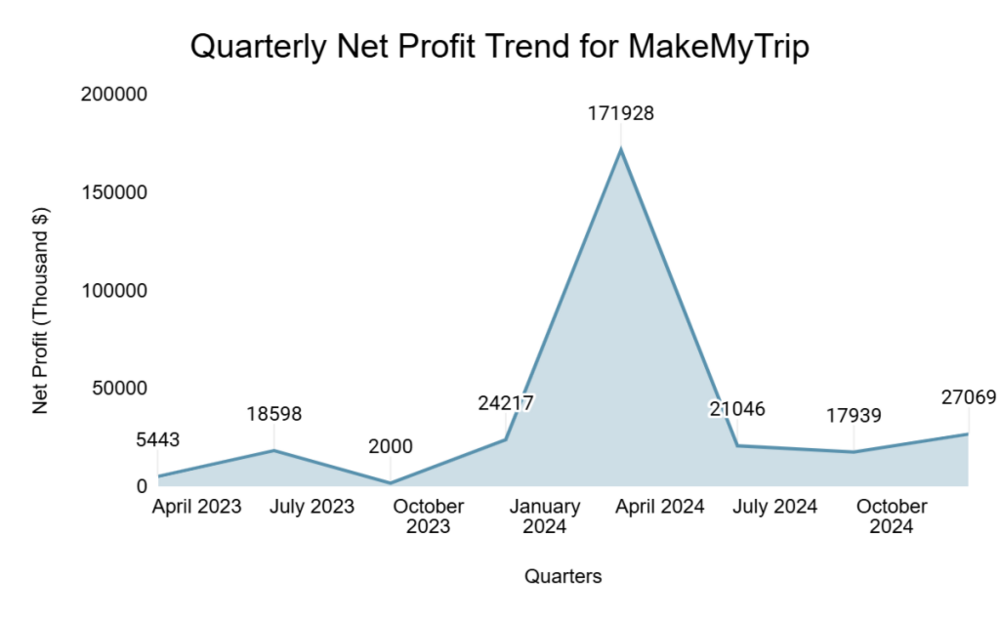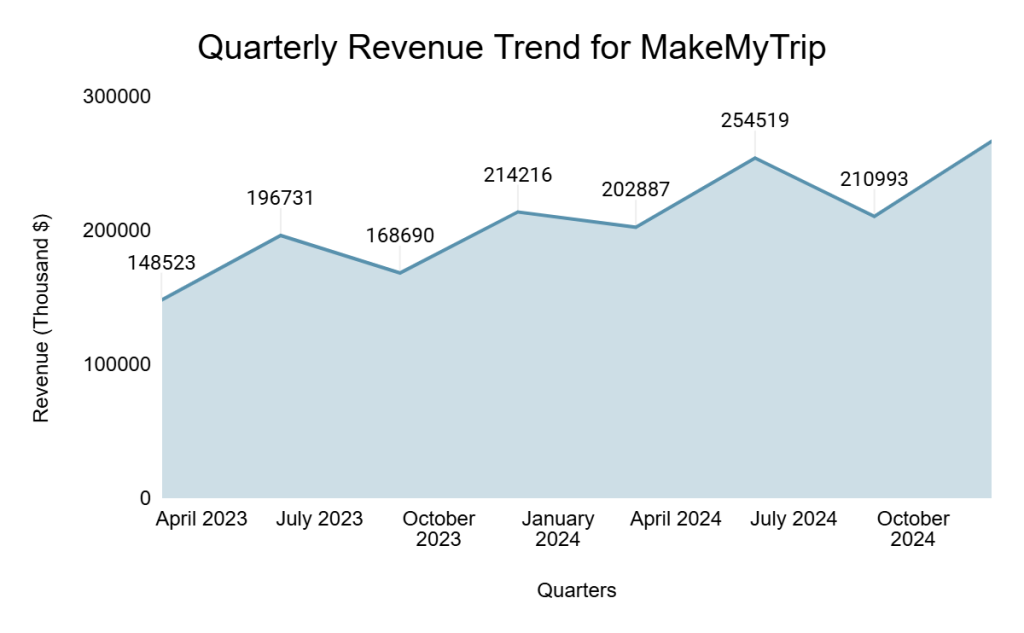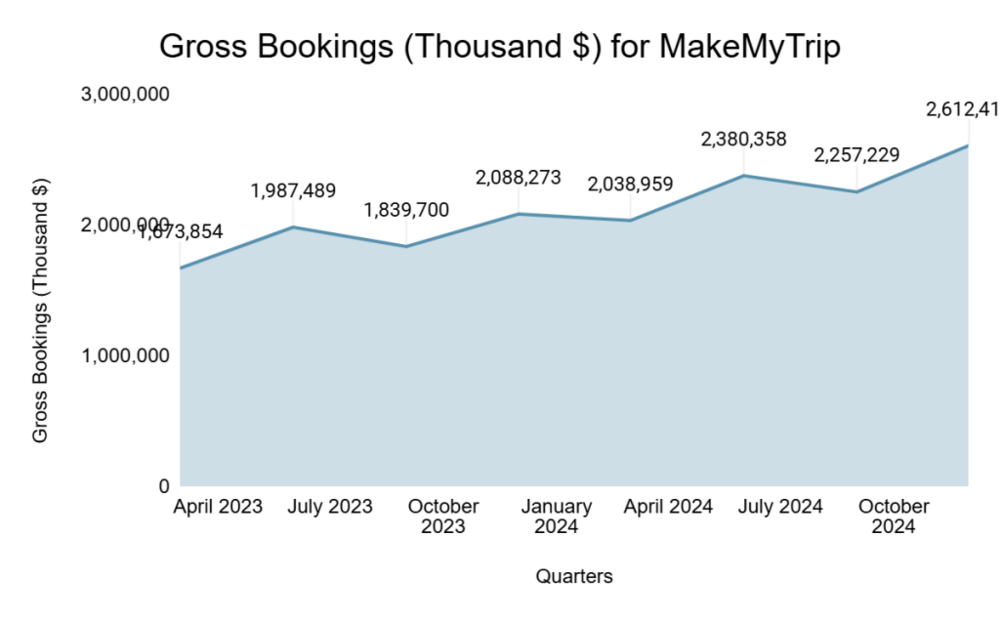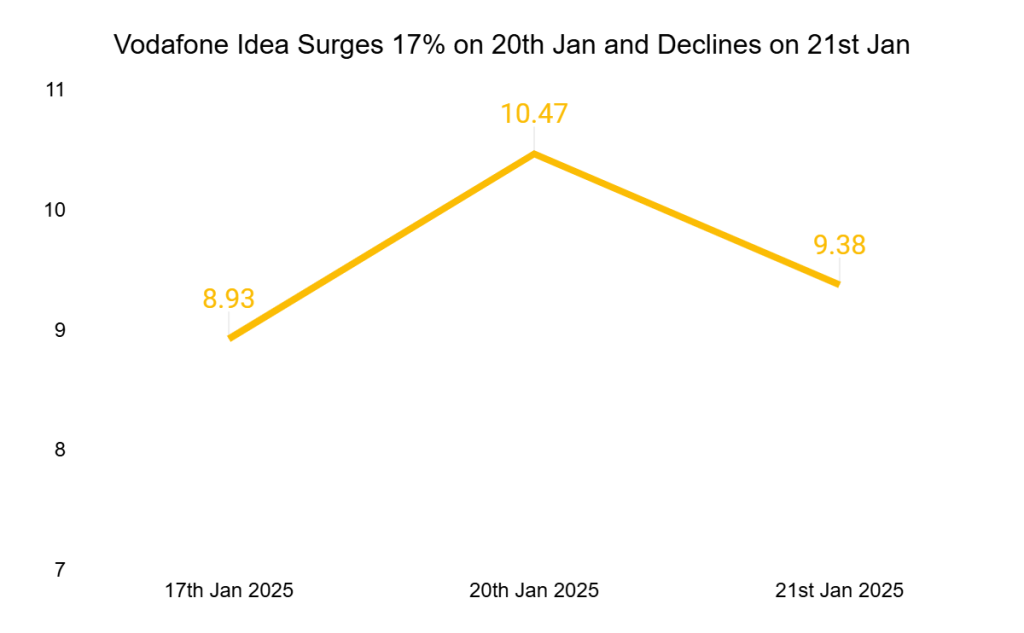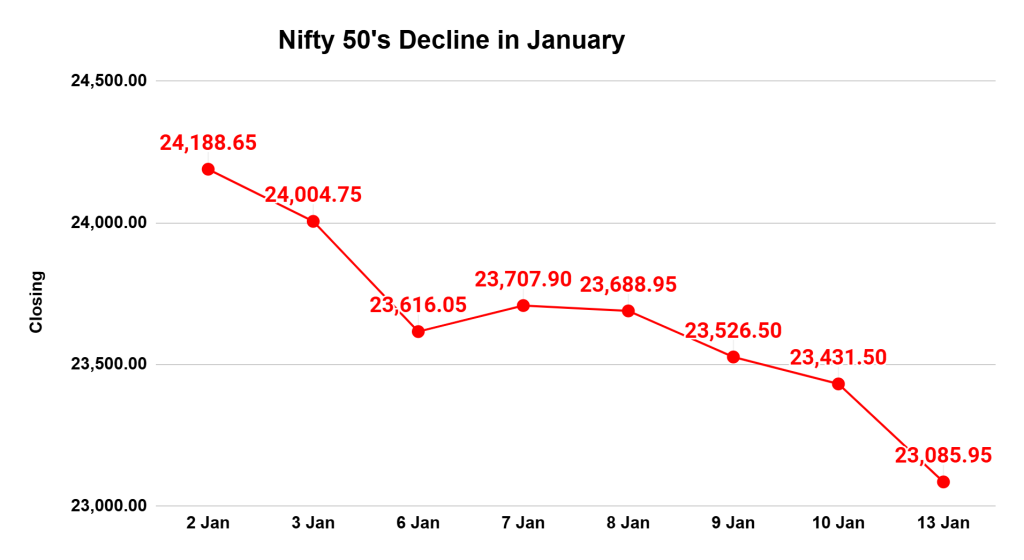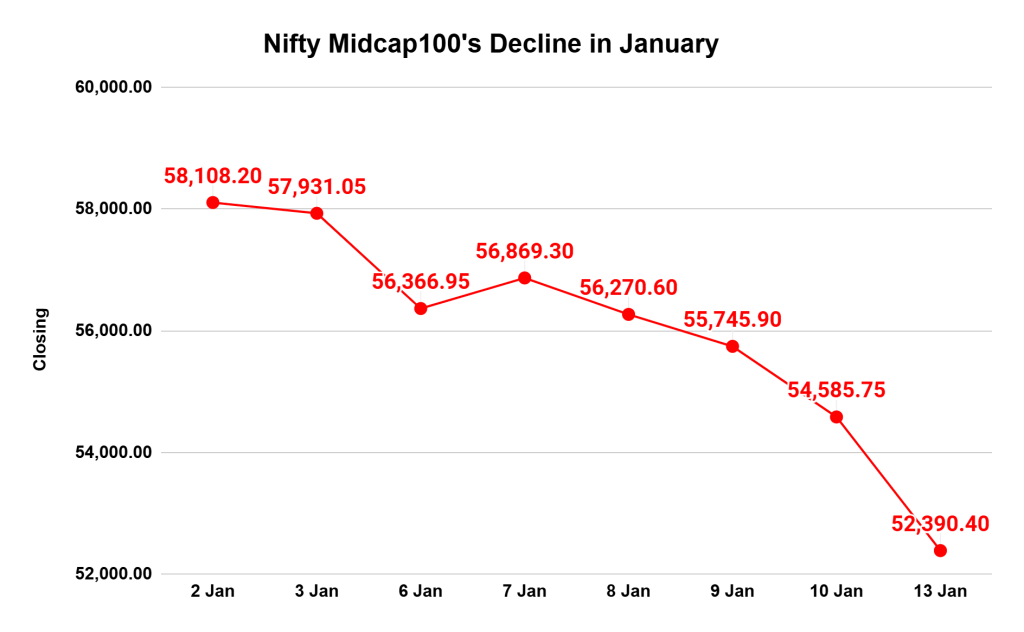The Indian benchmark indices, NIFTY and SENSEX, experienced an upward trend on 28th January as the bank stocks surged after the RBI announcement. The major bank stocks, including HDFC Bank, IDFC First Bank, IndusInd Bank, and ICICI Bank shares, rose by around 2-3%, and the Bank NIFTY reached an intraday high of Rs.49,247.15.
What RBI measures caused this surge, and what does it mean for the investors? Let’s understand.
The RBI Announcement
The Reserve Bank of India plans to inject Rs.1.5 lakh crore worth of liquidity into the economy and banking system. This announcement follows a Rs.3.1 lakh crore deficit recognized in the banking system. The infusion of liquidity will be done through the following measures-
Government Securities (G-Secs) Purchases:
The RBI will buy Rs.60,000 crore worth of G-Secs in three tranches (Rs.20,000 crore each) through Open Market Operations (OMOs), which will take place on 30th January, 13th February, and 20th February.
Variable Rate Repo (VRR) Auction:
A Rs.50,000 crore VRR auction is set for 7 February to inject liquidity for 56 days.
Dollar-Rupee Sell Swap Auction:
A $5 billion swap auction on 31st January will provide liquidity by exchanging dollars for rupees.
The RBI’s steps are expected to stabilize the liquidity situation, providing banks with a durable source of funds. This is critical as the RBI has been intervening in the forex market to manage rupee volatility. These actions could also signal a potential interest rate cut, as boosting liquidity is crucial for effective policy transmission. The next RBI meeting in early February will likely reveal the future course of action.
Know More:
SEBI registers investment advisory | Stock investment advisory
Overview Of What Are These Measures:
Government Buying G-Secs Through OMO
Open Market Operations (OMO) is a tool used by the RBI to manage liquidity in the banking system by buying or selling government securities (G-secs). In this process, the government, via the central bank, purchases G-secs in the open market to inject money into the economy. This action increases the money supply, lowering interest rates and stimulating economic growth.
When the RBI buys G-secs, it pumps more money into circulation, encouraging borrowing and spending by businesses and individuals. The ultimate goal is to boost economic activity, especially when growth is needed or inflation is under control. On the other hand, selling G-secs would pull money out of the system, helping to curb inflation if necessary.
Variable Rate Repo (VRR) Auction
The Variable Rate Repo (VRR) auction is a short-term liquidity adjustment tool the RBI uses to manage the banking system’s liquidity. In this auction, banks borrow funds from the RBI at a variable interest rate, which is determined through bidding. The RBI sets the amount to be auctioned based on current liquidity conditions and announces these details in advance.
VRR auctions are typically conducted when the weighted average call money rate (which reflects short-term borrowing costs) exceeds the repo rate, signaling a liquidity crunch. By allowing banks to borrow funds at a rate set through the auction, the RBI helps ease liquidity concerns, stabilizing interest rates and aligning them with its monetary policy objectives.
VRR auctions generally last from overnight to 13 days, with longer tenures being rare. This tool helps balance market conditions and ensures the banking system remains liquid.
Dollar-Rupee Sell Swap Auction
The Dollar-Rupee Sell Swap Auction is a method the RBI uses to manage the rupee’s exchange rate. In this auction, the RBI sells US dollars to banks in exchange for rupees and agrees to repurchase them later. This reduces rupee liquidity in the system, helping to support the rupee against depreciation. By conducting these swaps, the RBI stabilizes the foreign exchange market and controls excessive fluctuations in the rupee’s value, especially during global volatility or rising crude oil prices.
What Does It All Mean for Investors?
The RBI’s liquidity boost is a positive sign for investors, especially for bank stocks like HDFC, ICICI, and Axis Bank. With measures like government securities purchases, VRR auctions, and Dollar-Rupee swaps, the RBI ensures banks have ample liquidity to operate smoothly. This stability can improve banks’ profitability, which could boost their stock prices.
Additionally, these steps might signal an interest rate cut, which would reduce borrowing costs and potentially spur economic activity. For investors, lower rates make equities more attractive compared to fixed-income options.
Overall, the RBI’s actions provide stability and confidence, particularly for the banking sector, and suggest a more favorable environment for growth in the near term. As always, it’s essential to stay updated on how these measures impact the market and take your investment decisions accordingly.
Disclaimer Note: The securities quoted, if any, are for illustration only and are not recommendatory. This article is for education purposes only and shall not be considered as a recommendation or investment advice by Equentis – Research & Ranking. We will not be liable for any losses that may occur. Investments in the securities market are subject to market risks. Read all the related documents carefully before investing. Registration granted by SEBI, membership of BASL & certification from NISM in no way guarantee the performance of the intermediary or provide any assurance of returns to investors.
FAQs
What is OMO?
OMO (Open Market Operations) is a tool central banks, like the RBI, use to manage liquidity in the economy. It involves buying or selling government securities (G-secs) in the open market.
What is meant by Repo Rate?
The repo rate is the interest rate at which commercial banks borrow funds from the central bank, using government securities as collateral. The current repo rate is 6.5%.
Is liquidity management related to managing inflation? How?
Yes, liquidity is closely related to managing inflation. When there’s excess liquidity (too much money in circulation), demand can surpass supply, leading to higher prices and inflation. Central banks reduce liquidity by raising interest rates or selling government securities to control inflation, discouraging borrowing and spending. Conversely, increasing liquidity can stimulate demand and economic activity during deflation or low inflation.









